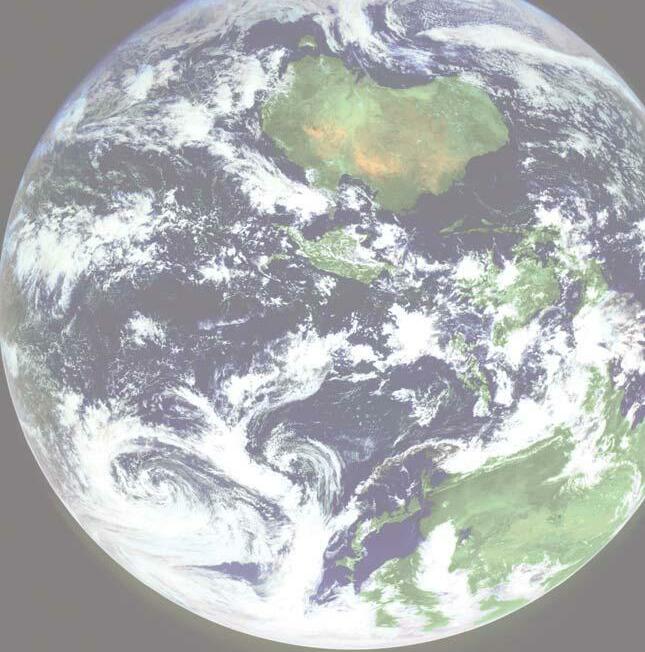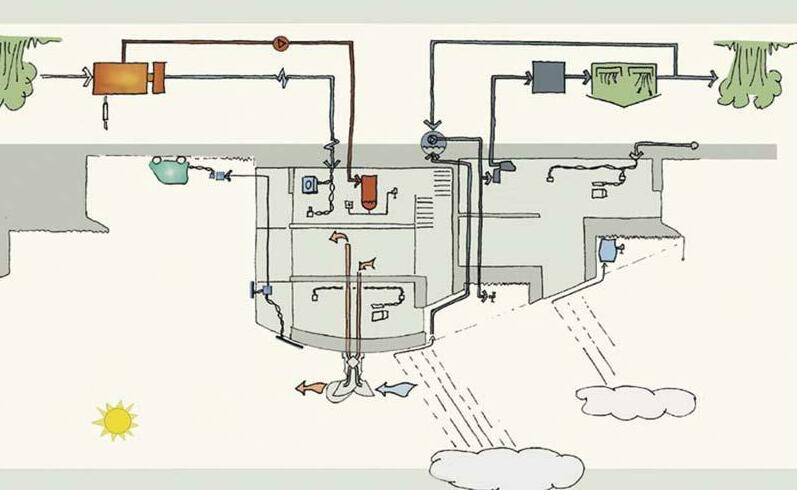A S I A - PA C I F I C 2 0 0 5 The Ecological Footprint and Natural Wealth
ountries in Asia and the Pacific have made a firm commitment to sustainable development. We want a better quality of life for all, while safeguarding the Earth’s capacity to support life in all its diversity and respecting the limits of the planet’s natural resources. How can we achieve this in the face of growing populations and changing consumption patterns, both within the region and the world? As a first step to answering this question, we need to know where we are today. How does the Asia-Pacific region’s current demand for ecological resources compare to the region’s (and the planet’s) supply? How does it compare to other regions? How do countries in the region differ from one another in both demand for and supply of ecological resources? We can begin to address the sustainability challenge by exploring the implications of our current and proposed future development paths for regional and global ecosystems. The results of the Ecological Footprint analysis presented in this report are an invitation to look harder at humanity’s and the Asia-Pacific region’s critical dilemma. It is also a poignant reminder that consumptive lifestyles in North America and Europe, largely based on cheap fuel and exporting environmental costs, cannot be maintained
C
nor extended worldwide without causing additional life-threatening damage to the global environment and increasing social inequity. This report is a call for action, not just for the policy community, but for the scientific and business communities as well. It echoes what the Millennium Ecosystem Assessment found: that the health of natural systems has a profound impact on our quality of life, but 60 percent of the ecosystem services that support life on Earth are being degraded or used unsustainably. This report provides a frank assessment of what is at stake for Asia and the Pacific and for the rest of the world. The Millennium Development Goals will not be achieved if we do not address sustainability in development. Many still believe that the environment is some kind of separate luxury item that can be addressed after economic development. This is the opposite of the truth. The environment is the base of all human activities, and the ultimate source of all our wealth. Poverty, environment and consumption are all linked. How much nature does it take to support us? This is a question we can no longer afford to ignore. To pose a hypothetical question: “How many planets would it take if everybody in Asia and the Pacific
consumed like an average American or European?” We have only one planet, yet all people want, and have the right to, fulfilling lives. The challenge for high income countries is to radically reduce footprint while maintaining quality of life. For lasting improvements in their quality of life, lower income countries are facing the complementary challenge of finding new paths to development that can provide best living conditions without liquidating their ecological wealth. The Asia-Pacific region is in a unique position to shape the development model for the whole world in the coming decades. I support this report’s attempt to establish a quantitative link between ecosystem health and human prosperity, and I welcome forward-thinking initiatives and actions such as this one by WWF.
Professor Emil Salim Former Indonesian Minister of State



